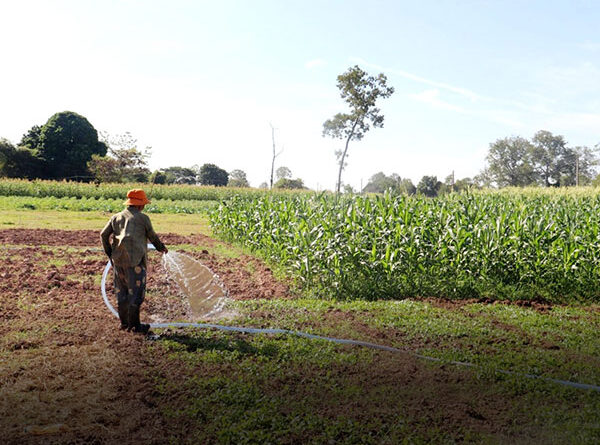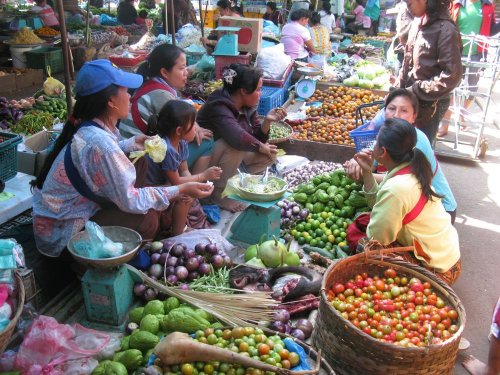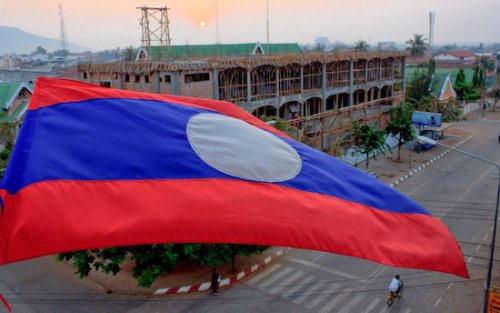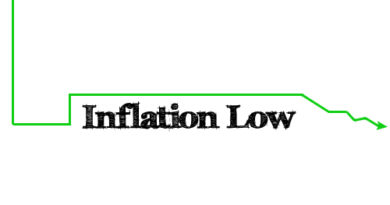Inflation Remains High in December Despite Govt’s Attempts to Control It
Source: Vientiane Times
The inflation rate in Laos averaged 31.2 percent for the whole of 2023 despite the government’s attempts to lower the cost of goods and services to single-digit figures.
Price rise remained high in December at 24.4 percent, down from 25.24 percent in November, according to a report from the Lao Statistics Bureau.
The weak kip is seen as one of the main factors driving inflation. At the beginning of December, the value of the kip fell by 20.8 percent and 22.7 percent against the US dollar and Thai baht respectively, when compared to the same period of 2022, according to the Lao Statistics Bureau.
Weak domestic productivity and the high value of imports ramped up pressure on exchange rates. In addition, the regulation of product prices in local markets was not always successful as products on the price control list kept increasing.

We are Your Marketing Partners in Laos
In December, the highest price rise was recorded in the hotel and restaurant category, which stood at 35.9 percent year-on-year.
Other categories driving inflation included clothing and footwear (33.4 percent year-on-year), medical care and medicines (29.5 percent), household goods (25.9 percent), alcohol and tobacco (25.1 percent), and food and non-alcoholic beverages (24 percent).
The Bank of Lao PDR was quoted by Paxaxon newspaper as saying that though exports and the tourism sector have tended to grow, Laos will continue to face challenges due to the high value of imports and high debts owed to foreign countries.
The central bank will continue to tighten the monetary policy and concentrate on stabilizing the value of kip, which is considered a key factor in regulating the cost of goods and services.
On top of that, the government has set a target of lowering inflation to 9 percent in 2024 and ensuring that money growth (M2) does not exceed 25 percent compared to 2023, as approved by the National Assembly.
Laos continues to be vulnerable to external impacts. Conflicts in the Middle East and other parts of the world had huge consequences for the Lao economy.
The central bank has pledged to do more to regulate foreign currencies and to ensure more receipts from exports and more investments coming into Laos through the banking system. It believes that if foreign currencies are managed properly and systematically, the value of the kip will stabilize and this will lead to a decrease in the inflation rate in Laos.
At the government’s open meeting held during December 26-27, Prime Minister Sonexay Siphandone instructed the concerned sectors to modernize the systems for collecting revenue, create new revenue streams, and minimise financial leaks.
The concerned sectors also need to place greater emphasis on improving the investment climate and boosting domestic production to replace imports of items that Laos can produce for domestic consumption and export.




